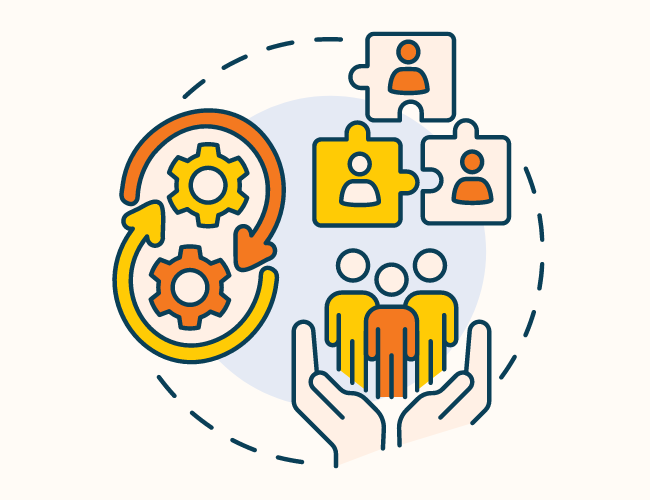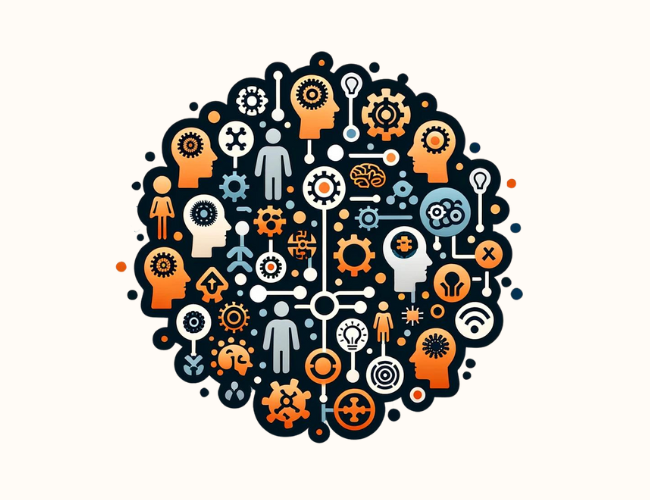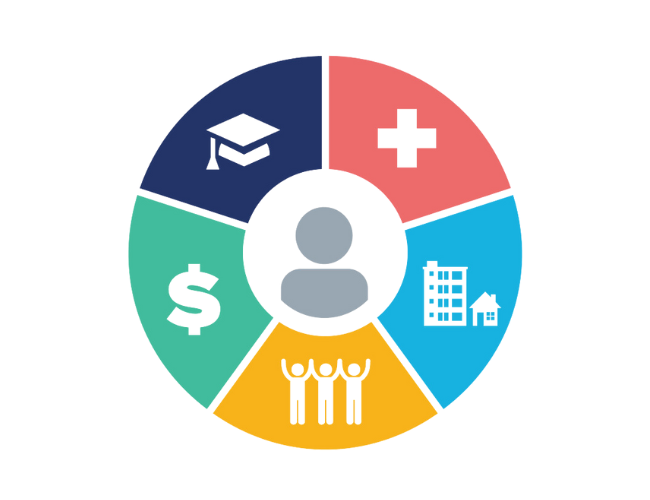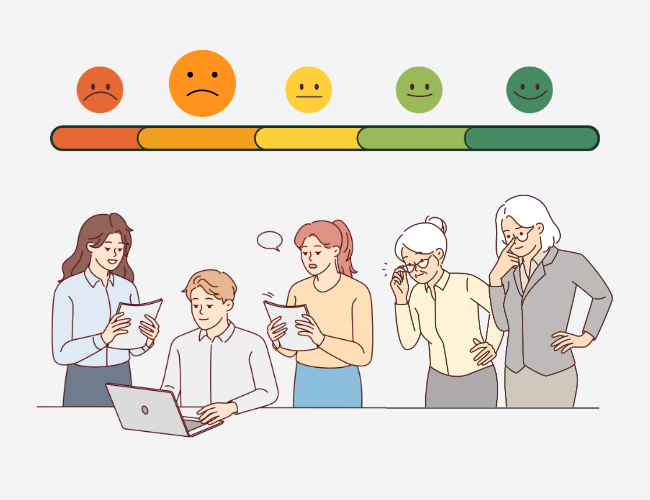March celebrates Women’s History Month and International Women’s Day on the 8th, honoring women’s achievements across history. Yet, the fight for gender equality is far from over. Beyond being a moral duty, gender equality is crucial for organizational success, driving greater innovation, smarter decision-making, and stronger performance. Overlooking women’s contributions isn’t just outdated—it’s a missed business opportunity.
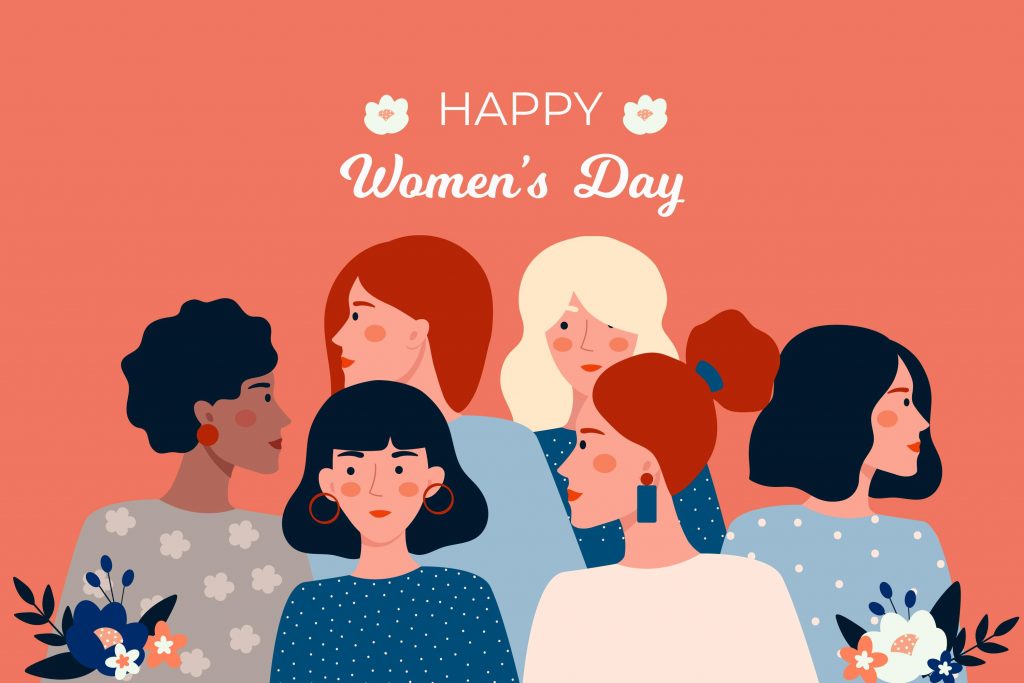
Pressed for time? Here’s a quick summary…
- Career & compensation growth: To address barriers to career advancement and pay disparities, companies must rely on objective metrics for performance evaluations, outline clear promotion criteria, and conduct regular pay audits.
- Inclusive benefits & policies: Benefits like parental leave and childcare support, along with flexible work arrangements, support employees in balancing professional responsibilities with personal commitments.
- Dismantling ‘bro’ culture: Promoting inclusivity by diversifying social activities, ensuring transparency in decision-making, and valuing contributions from all employees mitigates male-dominated ‘bro culture’, fostering a workplace welcoming to everyone.
- Adopting intersectional lens: Acknowledging the interplay of race, sexual orientation, and disability with gender can inform workplace policies, practices, and initiatives tailored to diverse needs and experiences.
The Barriers: Systemic & Subtle
Progress towards improving gender equality in the workplace has stalled, leaving critical gaps unaddressed. The World Economic Forum’s Global Gender Gap Index, which tracks the progress of gender gaps over time, revealing that vast disparities remain in Political Empowerment (only 22% of the gap closed) and Economic Participation and Opportunity (only 58% closed).
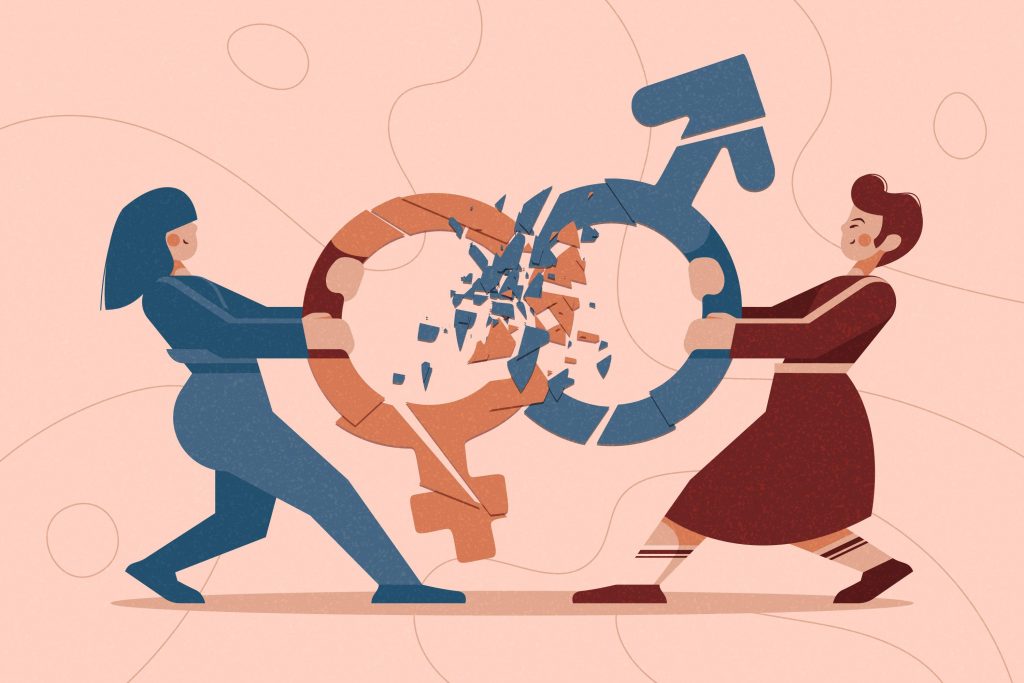
This sobering statistic demonstrates the need for continued efforts towards gender equality in the workplace, particularly in pay and representation.
To further highlight these disparities, consider these common challenges women face at work.
Lack Of Representation
Women remain vastly represented across all levels of employment, with women of color facing the most significant barriers. Only 17% of entry-level positions and 4% of C-suite roles are held by women of color. While there is a modest effort to increase women’s presence in top positions, this progress doesn’t tackle the ‘broken rung’ that impacts early career progression. Typically, men occupy 60% of managerial positions, leaving women with only 40%. This gap leads to a bottleneck, limiting the number of women available for higher-level promotions and worsening the underrepresentation of women, especially women of color, in leadership roles.
Pay Disparity
While progress has been made in recent years, the gender pay gap remains prominent. For every dollar men earn, women earn 77.9 cents, and the median salary is about 22% lower for women than for men.

Sexual Harassment
Thirty-five percent of women in corporate jobs have experienced some form of sexual harassment, including unwanted verbal, visual, non-verbal, or physical harassment. This number is likely higher, as many victims don’t report harassment due to fear of retaliation – 75% of employees who speak out against workplace mistreatment face repercussions.
Beauty Expectation Gap
The expectation for women to conform to certain beauty standards in professional settings is a pervasive issue known as the ‘beauty expectation gap’ or the ‘grooming gap.’ This phenomenon puts pressure on women to invest significant time and money into their appearance and perpetuates the damaging idea that women’s value in the workplace is tied to their looks, leading to appearance-based discrimination.

Unemployment Penalty
The juggling act of motherhood and career can be challenging for women, and unfortunately, the consequences can linger for years. During their child-rearing years, women can be subjected to a longer ‘unemployment penalty,’ a situation where extended leaves of absence can substantially reduce their likelihood of re-employment. Someone unemployed for more than a year experiences a 7.3% wage penalty compared to just 3.4% for those out of work for less than three months.
Pregnancy Discrimination
Many expectant mothers are overlooked for hiring and promotions, denied reasonable accommodations, and even face termination based on their pregnancy status. This unfair treatment can have devastating consequences for a woman’s career and financial stability.
Unbreakable Glass Ceiling
Women continue to face significant barriers in their climb to leadership positions. In Gallup polls dating back to the 1950s, less than 25% of respondents have expressed a preference for a female boss. This inequality is exemplified by the fact that for every 100 men promoted to managerial positions, only 85 women are promoted. This gap worsens for women of color.
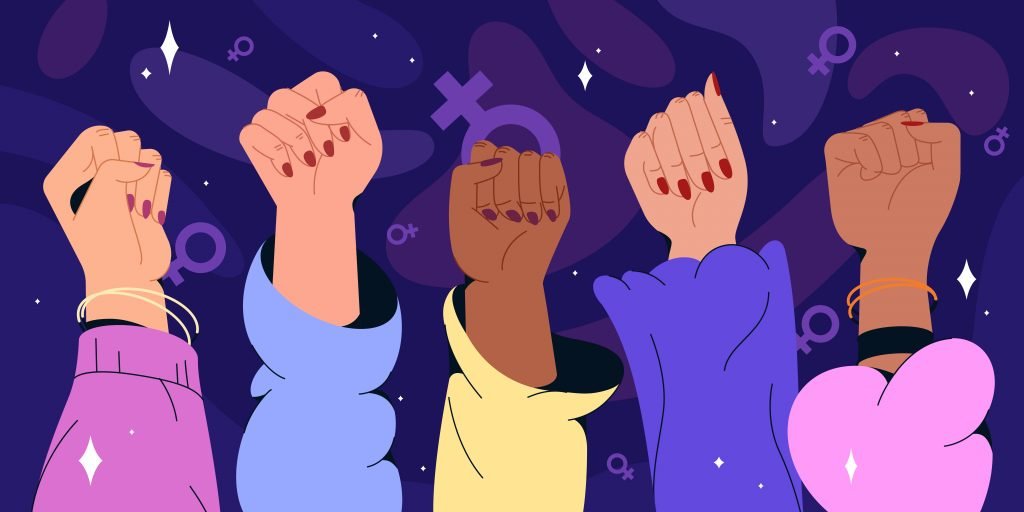
HR’s Role In Fostering Equity
Achieving true workplace equity requires a fundamental shift, moving beyond well-intentioned but often superficial initiatives like bias training and mentorship. While valuable, these programs risk placing the burden on women and minorities to “fix” themselves to fit into a biased system.
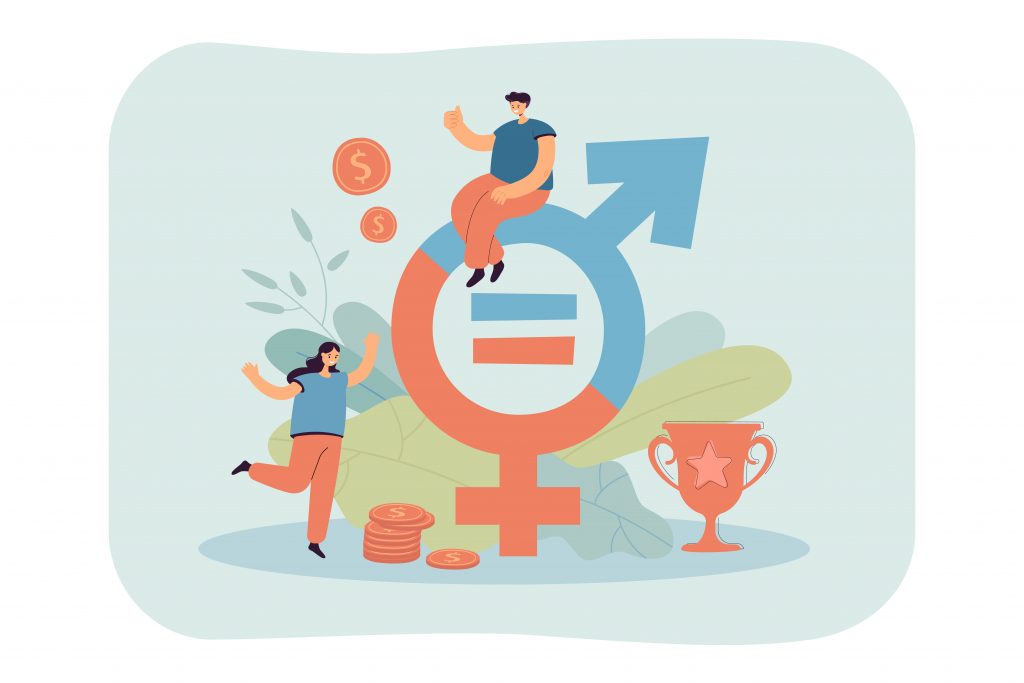
For meaningful, lasting change, HR must become a strategic force, partnering with leadership to transform core company operations. This means transcending the traditional role of policy enforcer and actively working to identify and dismantle the systemic barriers that perpetuate inequity.
1. Hiring Practices
HR should implement blind resume reviews, ensuring candidates are evaluated on skills and experience rather than personal demographic information that could bias the selection process.
Structured interviews with standardized questions can further reduce subjective biases. Additionally, establishing diverse hiring panels reflects a commitment to inclusivity, ensuring a broad range of perspectives in candidate assessment.
2. Performance Evaluation
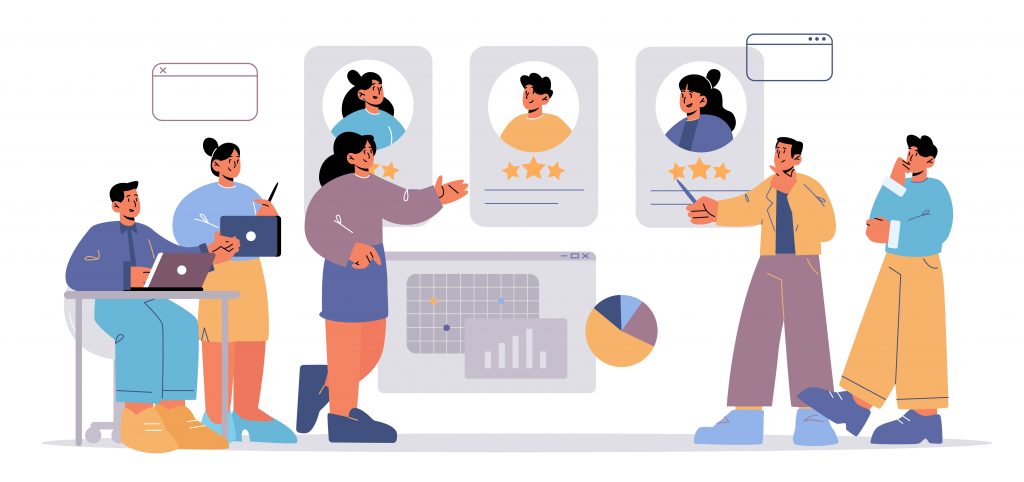
Performance evaluations should rely on objective and quantifiable metrics rather than subjective criteria such as likability, which can be influenced by unconscious biases. Calibration sessions for managers prior to review cycles can help ensure consistency and fairness in evaluations, aligning assessments with clear, measurable achievements rather than perceptions or stereotypes.
3. Promotion Criteria
HR should define clear pathways for career advancement, ensuring all employees understand what is required to progress. Transparency in the promotion process, including decision-making criteria, ensures that all employees know why certain individuals are considered and selected, fostering a sense of fairness and opportunity for all.
4. Proactive Pay Audits
To address the gender pay gap, HR should conduct regular pay audits to identify and rectify disparities. Implementing salary bands with transparent criteria can eliminate the impact of negotiation discrepancies, ensuring fairness in compensation regardless of gender.
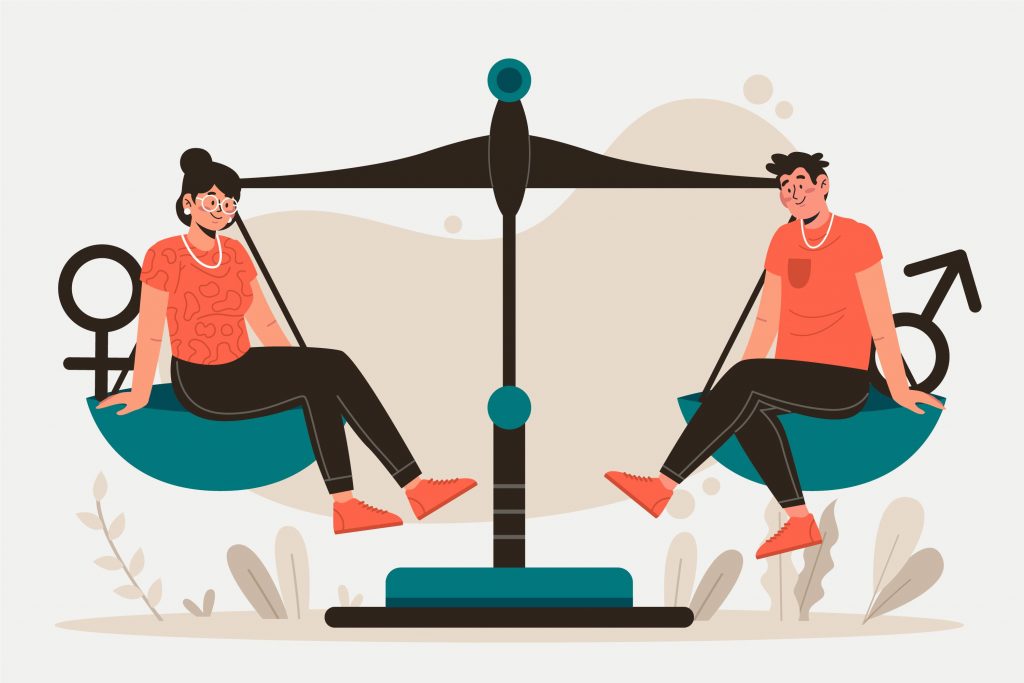
Related Articles: Actionable Steps For Employers To Bridge The Gender Wage Divide
5. Comprehensive Benefits
Offer comprehensive benefits that cater to diverse employee needs. Ample parental leave and childcare support are especially important for caregivers, providing them with the necessary support to balance their professional and personal responsibilities.
6. Employee Resource Groups (ERGs)
While women-focused ERGs are beneficial, these groups must be empowered to drive meaningful change. HR should ensure these ERGs have the resources and executive support needed to influence company policies and culture positively.
7. Flexible Workplace Policies

Designing workplace policies and practices with marginalized groups in mind doesn’t just benefit those groups; it improves the work environment for all employees. Flexible work arrangements, when universally applied, can lead to a more satisfied, productive, and engaged workforce.
8. Diverse & Inclusive Company Culture
A ‘bro culture’ in the workplace prioritizes male comfort and interests, often at the expense of women and other minorities. This can manifest in various forms, from stereotypically male-centric social activities to biased decision-making processes. Such an environment marginalizes women and limits diverse perspectives that drive innovation.
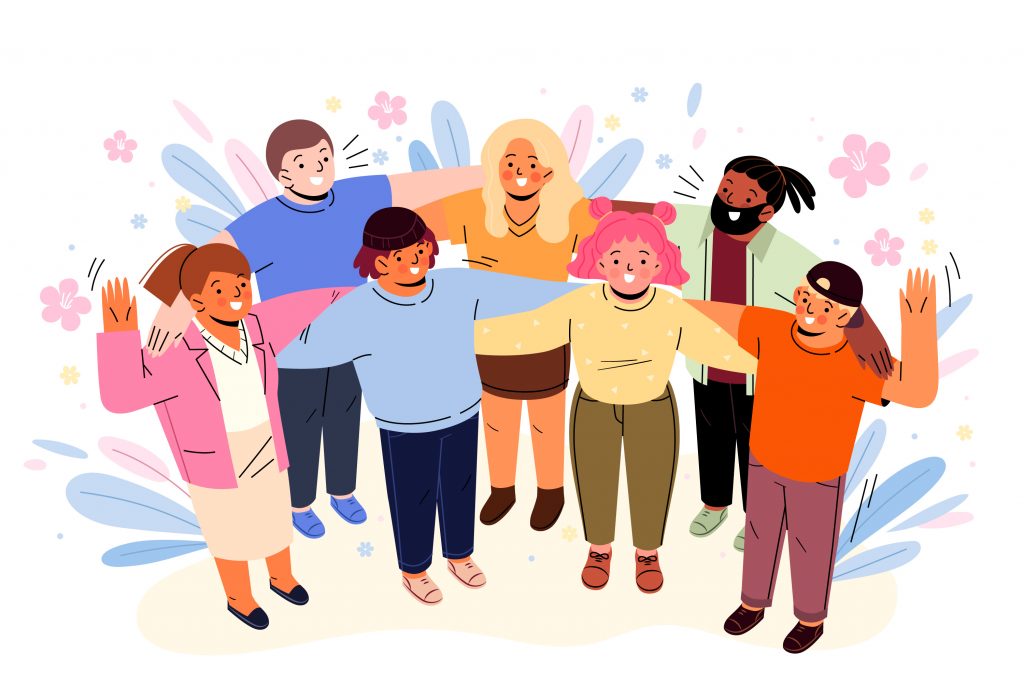
To dismantle ‘bro culture’ and foster inclusivity, consider:
- Organizing social and networking activities that are widely accessible and cater to varied interests, such as family-friendly events and cultural celebrations
- Creating transparent decision-making processes that involve diverse perspectives to mitigate biases
- Recognizing contributions from all employees to drive innovation and engagement
9. Intersectionality As HR Strategy
An effective HR strategy acknowledges the complex realities of intersectionality, where factors such as race, sexual orientation, and disability status intersect with gender to create unique challenges. By adopting an intersectional lens, HR ensures that their equity efforts are comprehensive and nuanced, truly reflecting the diversity of the workforce. This can be achieved by:
- Gathering and analyzing workforce data to identify disparities across different demographic groups
- Developing targeted initiatives and policies that address the specific needs and challenges identified through these findings
- Regularly reviewing and updating HR practices to reflect the evolving understanding of intersectionality and diverse needs



